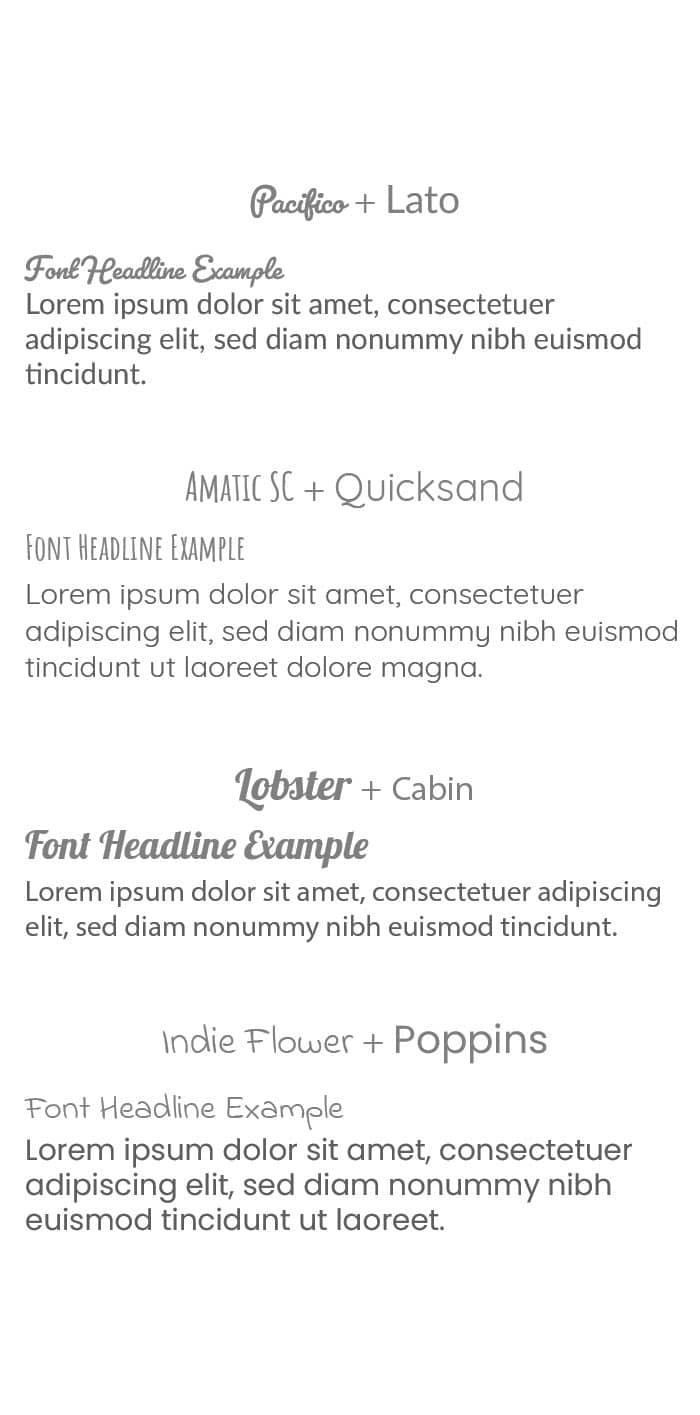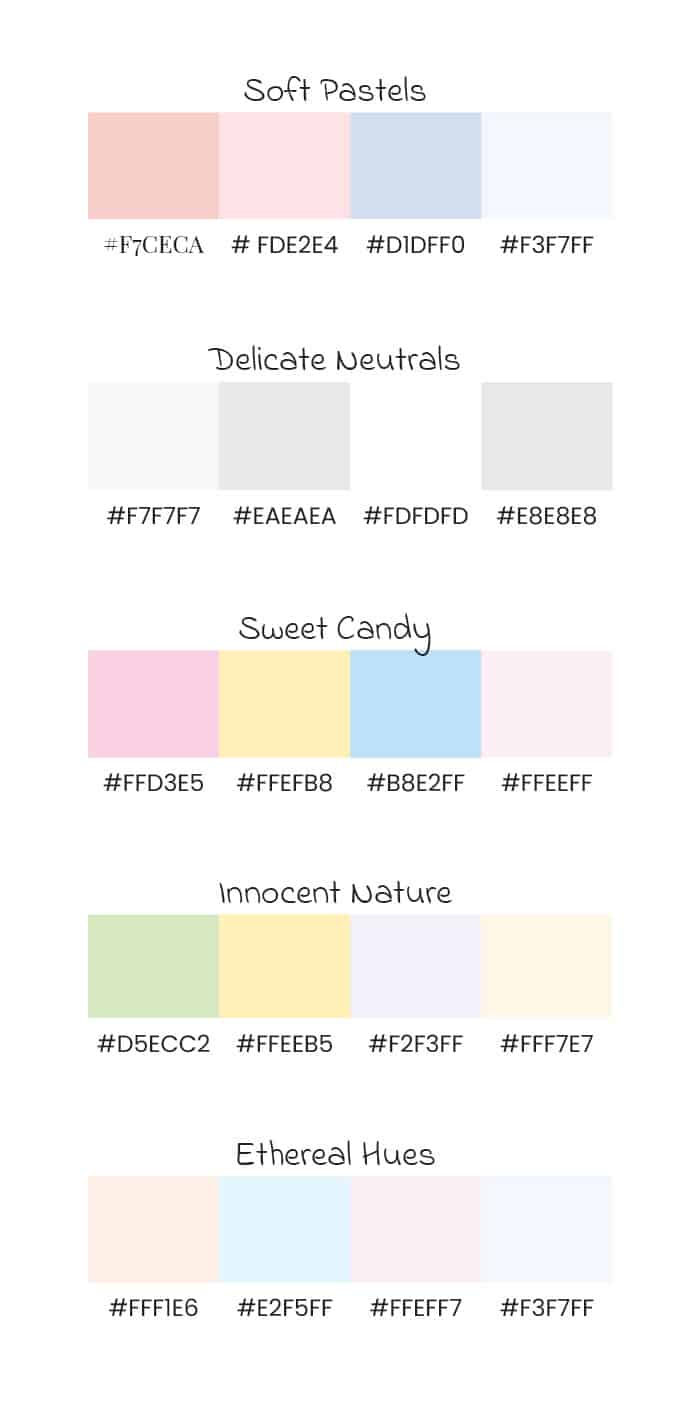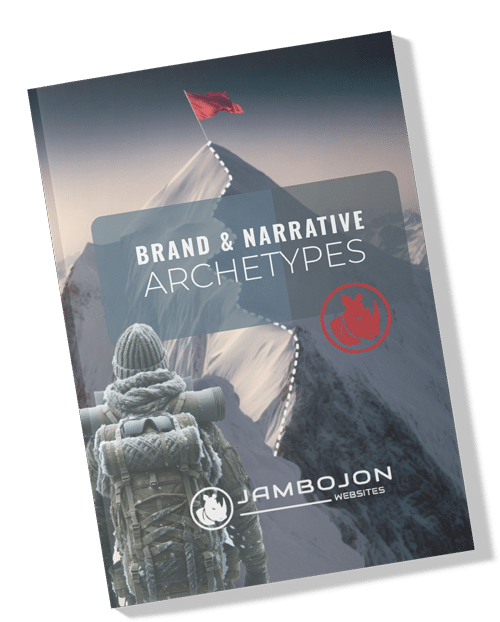About Archetypes
Brand archetypes are important in marketing and branding because they provide a framework for creating a distinct and compelling brand identity. They tap into universal patterns and symbols deeply rooted in human psychology, making them attractive to our character traits and sensibilities. Here’s why brand archetypes are significant and appealing:
The 12 Brand Archetypes
For each narrative, the website design can incorporate elements that reflect the brand's archetype and story.
- Visuals and Imagery: Use imagery that resonates with the archetype's qualities and the narrative's journey. For example, explorers might feature open landscapes, while heroes might use bold and powerful imagery.
- Tone and Language: The copy should reflect the voice of the archetype and the narrative's stages. A Jester might use playful and witty language, whereas a Sage would use insightful and thoughtful prose.
- User Journey: Design the website's user journey to mirror the narrative structure. For a Rags to Riches story, you could guide users from understanding the problem (rags) to discovering your solution (riches).
- Interactivity and Engagement: Use interactive elements to involve the user in the story. For instance, an Explorer brand could include interactive maps or exploration games.
- Testimonials and Case Studies: Share customer stories that align with your narrative and archetype. For a Caregiver brand, testimonials could focus on how the brand supported or nurtured the customer.
By thoughtfully integrating brand archetypes with storytelling formulas, websites can draw in the audience, keeping them on the edge of their seats.
The 12 Brand Archetypes
For each narrative, the website design can incorporate elements that reflect the brand's archetype and story.
- Visuals and Imagery: Use imagery that resonates with the archetype's qualities and the narrative's journey. For example, explorers might feature open landscapes, while heroes might use bold and powerful imagery.
- Tone and Language: The copy should reflect the voice of the archetype and the narrative's stages. A Jester might use playful and witty language, whereas a Sage would use insightful and thoughtful prose.
- User Journey: Design the website's user journey to mirror the narrative structure. For a Rags to Riches story, you could guide users from understanding the problem (rags) to discovering your solution (riches).
- Interactivity and Engagement: Use interactive elements to involve the user in the story. For instance, an Explorer brand could include interactive maps or exploration games.
- Testimonials and Case Studies: Share customer stories that align with your narrative and archetype. For a Caregiver brand, testimonials could focus on how the brand supported or nurtured the customer.
By thoughtfully integrating brand archetypes with storytelling formulas, websites can draw in the audience, keeping them on the edge of their seats.
What is the Innocent Archetype?
Characterized by its positivity and moral goodness, the Innocent archetype appeals through its straightforward, transparent approach, evoking a sense of nostalgia and comfort.
How is it present?
The Innocent archetype is widely utilized in storytelling, advertising, and branding due to its universal appeal. Known for its emphasis on purity, simplicity, and optimism, this archetype connects with audiences by offering a sense of comfort, nostalgia, and moral goodness. Brands with Innocent archetype present their products or services as straightforward, trustworthy, and wholesome, aligning with consumers’ desires for a simpler, more honest lifestyle. In communications and interactions, these brands prioritize positivity, honesty, and transparency, creating a reassuring and uplifting experience for their customers. The Innocent archetype, through its focus on innocence and virtue, resonates with those wanting to simplify their lives, stepping away from anything unwholesome.
The “Innocent” as the Guide
Promotes Simplicity and Clarity:
Offering straightforward, simple solutions that are easy to understand and use, removing complexity from decisions and actions.
Fosters Optimism and Positivity:
Encouraging a positive outlook and optimism, helping clients to see the bright side and maintain a hopeful perspective.
Ensures Reliability and Trust:
Building trust through consistent, reliable products and services that deliver on their promises without hidden complications.
Creates a Safe and Comforting Environment:
Providing a sense of safety and comfort, where clients feel cared for and reassured in their choices and interactions.
Encourages Purity and Wholesomeness:
Promoting products and services that are pure, wholesome, and good for the wellbeing of clients and their communities.
Inspires Innocence and Nostalgia:
Evoking a sense of nostalgia and innocence, reminding clients of simpler times and bringing joy through simplicity.
Supports Honesty and Transparency:
Maintaining an open, honest communication style, ensuring transparency in all dealings to foster trust and loyalty.
Font & Color Schemes for "The Innocent"


Download Our Brand Archetype Guide

Understand each of the brand and narative archetypes In this free download. Learn the language, formulas, color schemes and adventure that can tell your story and create raving fans!
Ready to Start Your Journey?













